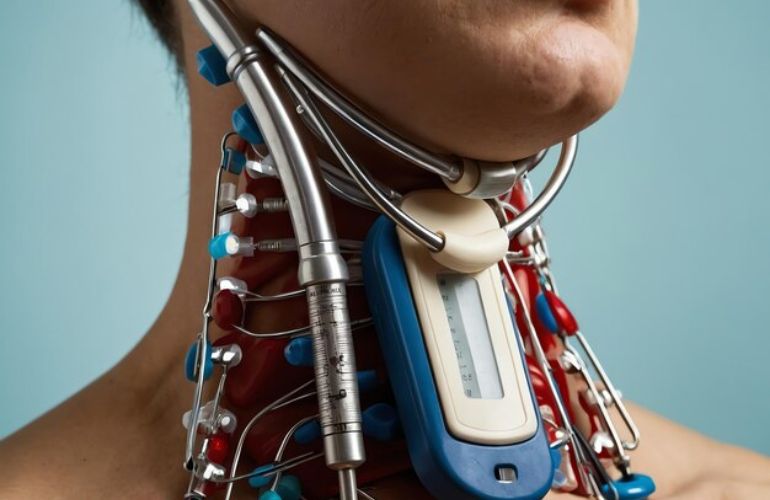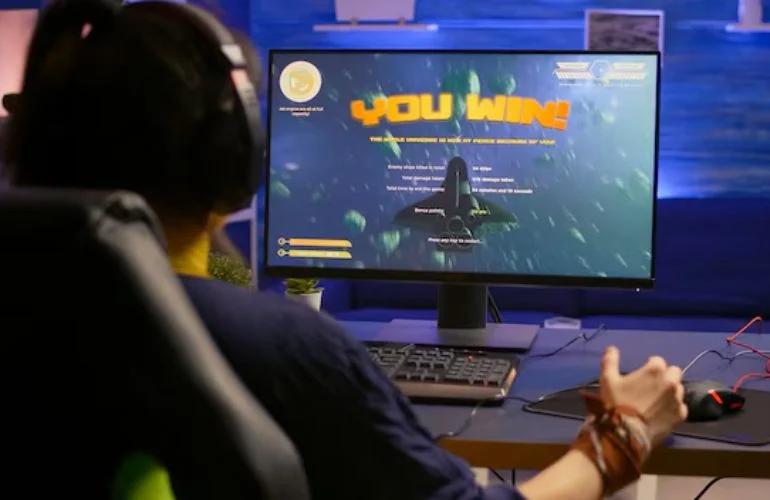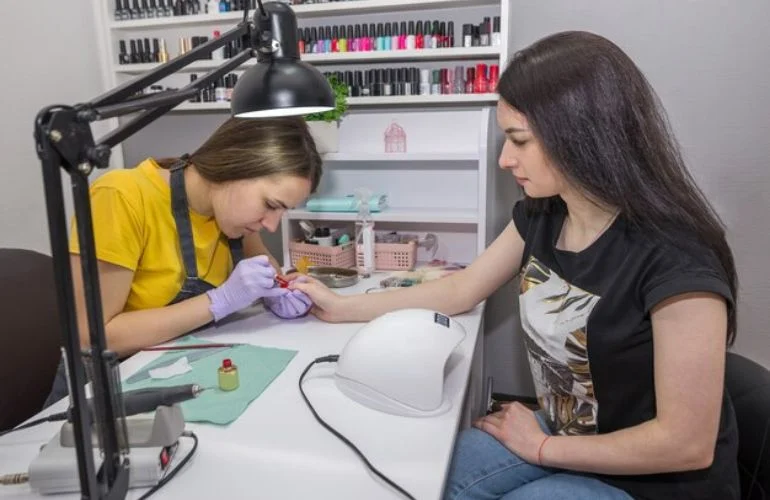Learning how to do a wire guided cricothyrotomy is an essential skill for healthcare professionals working in emergency care. In critical situations where traditional intubation methods fail, this procedure can provide a life-saving airway for patients. Wire-guided cricothyrotomy is a more advanced and precise alternative to traditional methods, ensuring better outcomes in emergency settings. By mastering this technique, professionals can respond effectively to airway emergencies, whether in hospital environments, disaster zones, or remote settings.
Understanding Wire-Guided Cricothyrotomy
What Is a Wire-Guided Cricothyrotomy?
A wire-guided cricothyrotomy is a procedure in which a guidewire is used to accurately position an airway tube through an incision in the cricothyroid membrane. This method is particularly valuable in difficult or failed airway scenarios because it allows for precise placement and reduces the risks associated with blind techniques. The guidewire ensures that the airway tube is inserted into the correct anatomical structure, minimizing trauma and complications.
Differences Between Traditional and Wire-Guided Cricothyrotomy
While both traditional and wire-guided cricothyrotomy involve creating an airway through the cricothyroid membrane, the key difference lies in the use of a guidewire. Traditional methods rely on direct incision and placement of the tube, which can lead to errors in positioning. Wire-guided techniques, however, incorporate a needle and guidewire to ensure accurate placement before inserting the airway tube. This reduces complications like esophageal intubation or trauma to surrounding structures.
Indications for Wire-Guided Cricothyrotomy
This procedure is indicated in situations where standard intubation methods fail or are contraindicated, such as:
- Severe airway obstruction due to trauma or swelling.
- Failed attempts at endotracheal intubation or supraglottic airway placement.
- Immediate need for airway access in patients with critical oxygen desaturation.
- Scenarios involving maxillofacial injuries that make oral or nasal intubation impossible.
Contraindications
While wire-guided cricothyrotomy is highly effective, there are situations where it is not recommended, including:
- Severe neck deformities or anatomical abnormalities.
- Infections or abscesses at the incision site.
- Conditions where alternative airway management techniques can be safely utilized.
Preparation for the Procedure
Necessary Equipment
Performing a wire-guided cricothyrotomy requires the following tools:
- Sterile scalpel for making the incision.
- Needle and syringe for aspirating and accessing the airway.
- Guidewire for precise tube placement.
- Dilator to enlarge the tract for the airway tube.
- Tracheostomy tube or a specialized cricothyrotomy kit.
Before beginning the procedure, ensure all equipment is sterilized and in working condition. This preparation reduces the risk of complications and ensures a smoother workflow during the emergency.
Patient Assessment
Thorough patient evaluation is critical before performing the procedure. Assess the severity of the airway obstruction, oxygen saturation levels, and overall stability of the patient. Palpate the cricothyroid membrane to identify landmarks. In patients with obesity, edema, or trauma, additional care may be required to locate the membrane accurately.
Precautions and Sterility
Maintaining a sterile environment is crucial to prevent infections. Sterile gloves, antiseptic solutions, and clean surgical instruments should be used throughout the procedure. Additionally, precautions such as avoiding over-dilation and minimizing incision size help reduce risks during and after the procedure.
Step-by-Step Guide to Performing a Wire-Guided Cricothyrotomy
Step 1: Identifying the Cricothyroid Membrane
Locate the cricothyroid membrane between the thyroid cartilage (Adam’s apple) and cricoid cartilage. Use gentle palpation to identify the membrane, ensuring accuracy even in difficult cases. For obese patients, applying slight pressure or repositioning the head may improve palpation.
Step 2: Preparing the Site
Clean the area with an antiseptic solution to minimize the risk of infection. If the patient is conscious and stable enough, administer local anesthesia to reduce discomfort. Clearly mark the site for the incision to ensure accuracy.
Step 3: Making the Incision
Using a sterile scalpel, make a vertical or horizontal incision over the cricothyroid membrane. A vertical incision is preferred in most cases as it reduces the risk of cutting into surrounding structures. Ensure the incision is deep enough to reach the membrane but not so deep as to damage underlying tissues.
Step 4: Inserting the Needle and Guidewire
Insert a needle with a syringe into the cricothyroid membrane at a 45-degree angle. Aspirate to confirm entry into the airway; the presence of air in the syringe indicates proper placement. Once confirmed, advance the guidewire through the needle and into the airway. Keep the guidewire stable while removing the needle.
Step 5: Dilating the Tract and Securing the Tube
Use a dilator to enlarge the incision site, allowing smooth passage of the airway tube. Gently insert the tracheostomy or cricothyrotomy tube along the guidewire. Once the tube is in place, remove the guidewire and secure the tube with sutures or tape.
Post-Procedure Management
Confirming Tube Placement
Proper placement of the airway tube is critical. Confirm its position by observing chest rise, listening for breath sounds, and using capnography to measure carbon dioxide levels. Immediate oxygenation and ventilation should be provided.
Managing Complications
Common complications include bleeding, tube displacement, and infection. Monitor the patient closely for signs of these issues and address them promptly. For example, applying direct pressure can control bleeding, while securing the tube minimizes the risk of displacement.
Transition to Definitive Airway Management
Wire-guided cricothyrotomy is often a temporary solution. Collaborate with surgical or anesthesia teams to transition the patient to a more permanent airway solution, such as a tracheostomy.
Clinical Tips and Best Practices
- Practice on simulation models regularly to maintain proficiency.
- Avoid common errors like misplacing the needle or over-dilating the incision site.
- Stay calm and follow the procedure systematically to ensure success even in high-pressure situations.
Staying updated on advancements in emergency medical practices and innovations is crucial for professionals in the field. Events like AAAI 2025 often spotlight groundbreaking research and technological advancements that can improve techniques such as wire-guided cricothyrotomy. By exploring emerging trends, healthcare providers can enhance their skills and adopt cutting-edge solutions for better patient outcomes.
Conclusion: How To Do a Wire Guided Cricothyrotomy
Understanding how to do a wire guided cricothyrotomy is essential for emergency medical providers. This life-saving technique bridges the gap in airway management when traditional methods fail. With proper preparation, precision, and practice, healthcare professionals can perform this procedure effectively, ensuring the best outcomes for their patients.
A cricothyrotomy is a critical emergency procedure used to secure an airway when other methods fail. It involves creating an incision in the cricothyroid membrane to allow direct access to the trachea for ventilation. This technique is often employed in life-threatening situations where immediate intervention is required. To learn more about the procedure and its applications, visit this detailed explanation on cricothyrotomy.
FAQs About How To Do a Wire Guided Cricothyrotomy
What are the steps in the cricothyroidotomy procedure?
The steps include locating the cricothyroid membrane, making an incision, inserting the guidewire, dilating the tract, and securing the airway tube.
Can an EMT do a cricothyrotomy?
In some regions, EMTs with advanced airway training are permitted to perform this procedure under strict protocols.
How do you perform an open cricothyrotomy?
An open cricothyrotomy involves a direct incision into the cricothyroid membrane without using a guidewire, often in extreme emergencies.
Can CRNAs perform a cricothyrotomy?
Certified Registered Nurse Anesthetists (CRNAs) can perform cricothyrotomy if they are trained and allowed by local regulations.
Who can perform a cricothyrotomy?
Medical professionals such as emergency physicians, anesthesiologists, and paramedics trained in advanced airway techniques can perform this procedure.










